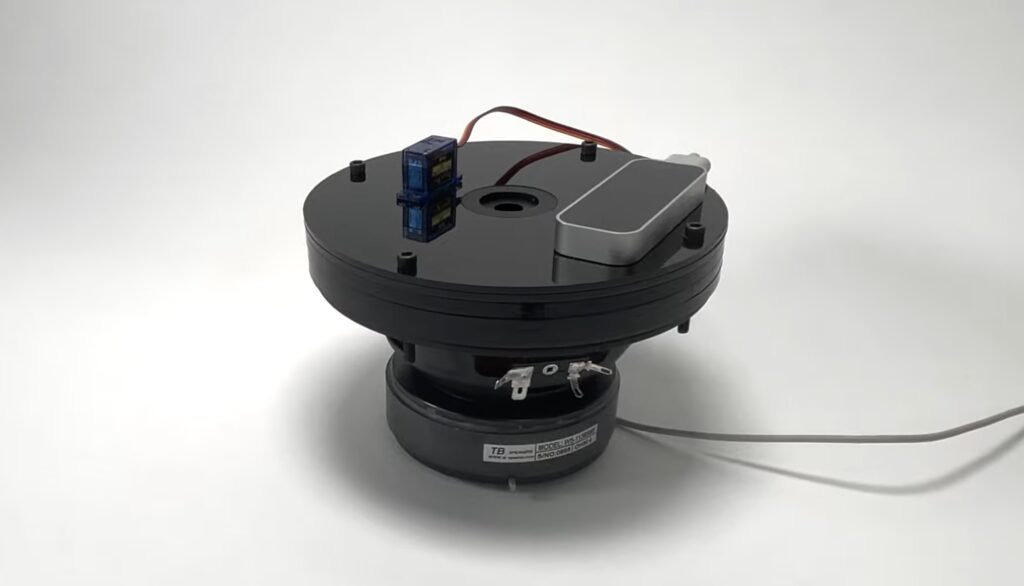Synjets provide non-contact haptic feedback

If the COVID pandemic showed us anything, it is that our public spaces are overflowing with opportunity for germ transmission. In 2019, most people didn’t think twice about touching a gas pump handle or an ATM touchscreen, but it quickly became apparent that such contact presents a genuine risk. We have technology to detect interaction without physical touch, but what about providing the user with feedback? That’s where synthetic jets can come in with non-contact haptic feedback.
Put a flat cover with a hole in the middle over a speaker driver and you’ve just built a synthetic jet, or “synjet.” As the cone moves, it alters the available volume within the enclosed chamber and when that decreases, the synjet forces air out through the hole. Cone size, driver power, frequency, and hole diameter all influence the characteristics of the air. Except for cone size and material, every parameter is adjustable — the hole diameter can even change using an aperture mechanism like a camera lens. By adjusting the parameters, a synjet can create everything from a steady light stream of air to strong pulses.
Here, a team from Carnegie Mellon University’s Future Interfaces Group paired synjets with an Arduino Nano board to construct a non-contact haptic feedback system. The Arduino controls servo motors that adjust the nozzle port, influencing the air flow characteristics. A single servo can open or close an aperture iris, while two servos can move a secondary aperture to alter port size and position.
The researchers demonstrated this concept across a wide variety of applications, with synjets of many different sizes. Synjet size can vary just as much as speaker driver size, so the possibilities are almost endless. As the team shows, this has a lot of potential — especially for situations where physical contact is undesirable.